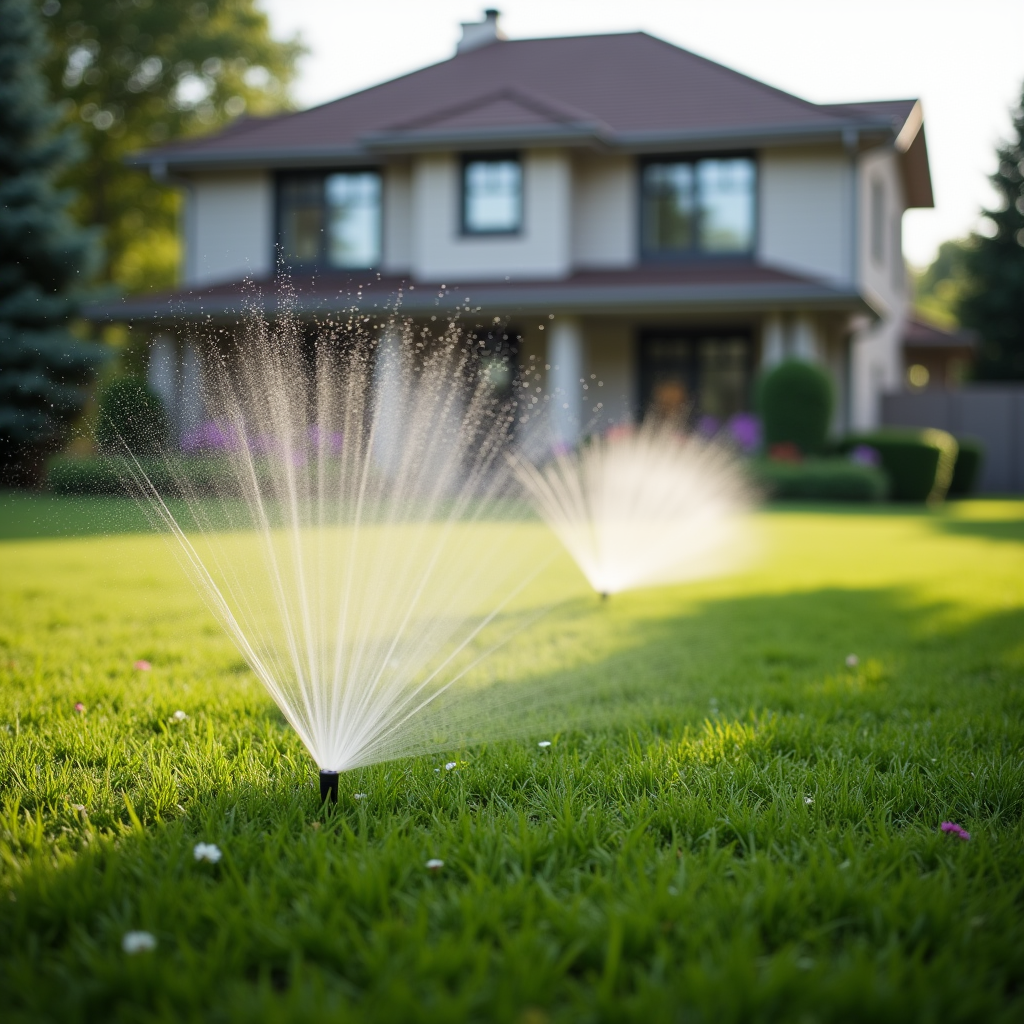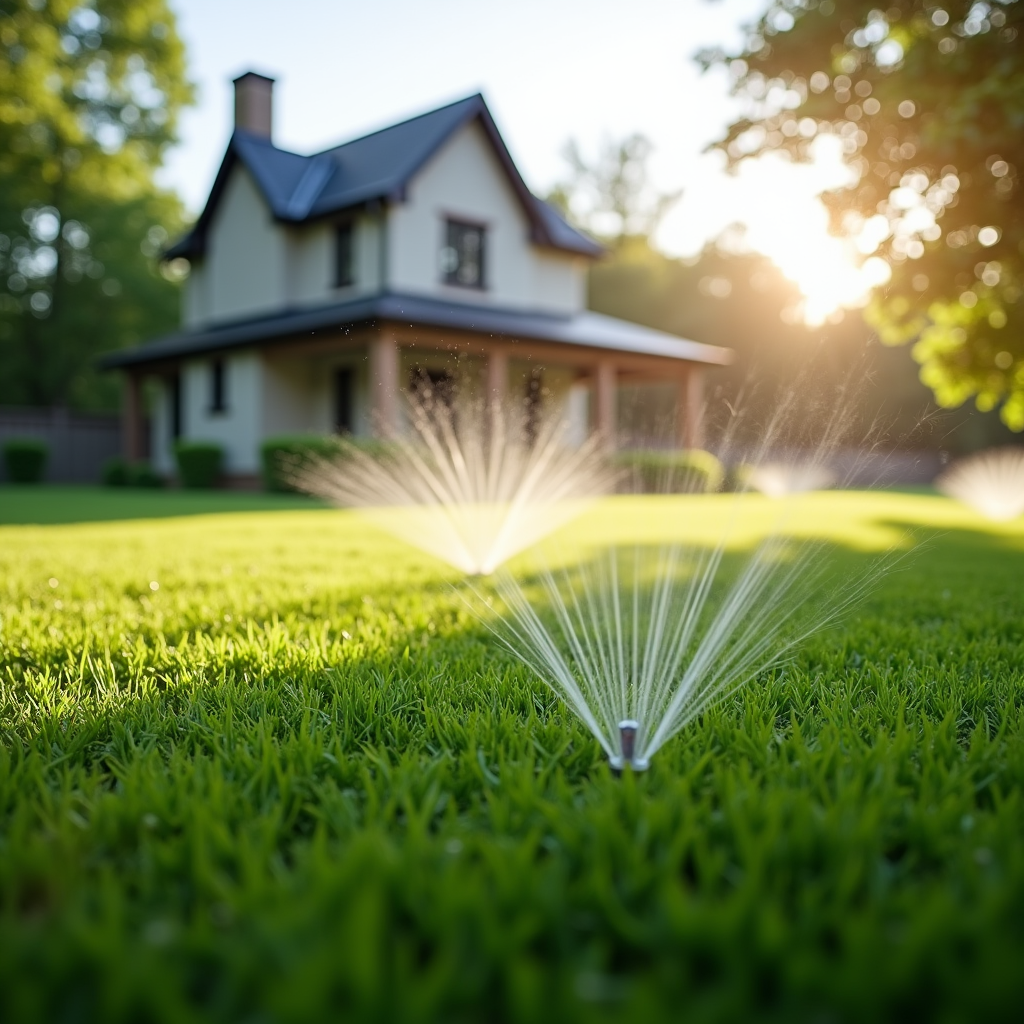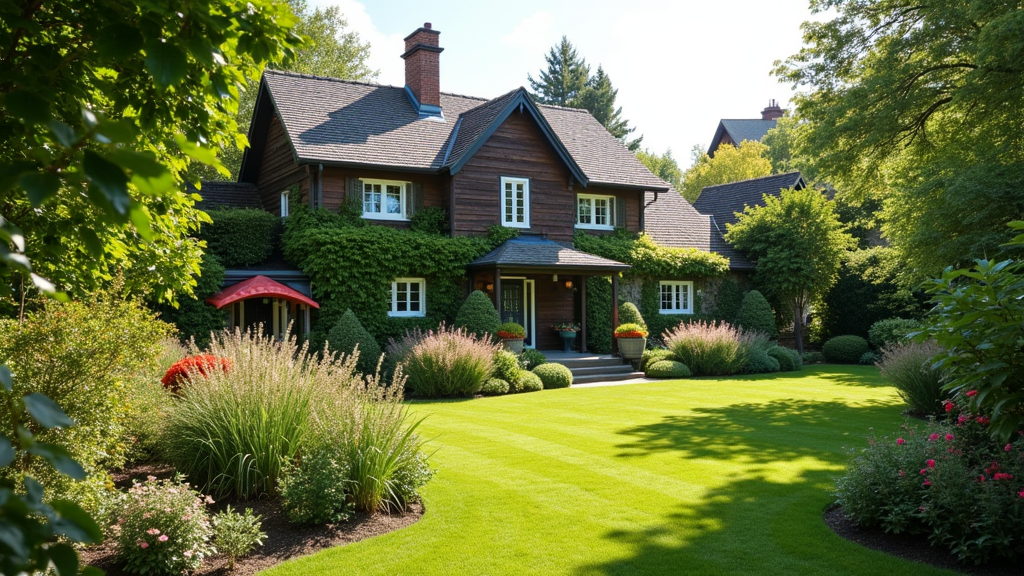Lawn care isn’t just about mowing your grass or watering your plants; it’s a nuanced process that requires you to consider various factors, especially climate. Different climates can significantly influence how we maintain our lawns, and understanding these climatic influences can lead to a healthier, more vibrant lawn. So, let's delve into the intricacies of how climate affects your lawn care strategy.
Understanding Climate and Its Importance in Lawn Care
When we talk about climate, we're referring to the long-term patterns and averages of temperature, humidity, precipitation, and wind in a particular area. These elements can greatly affect not only how your grass grows but also what type of grass is best suited for your region.
The Basics of Climate Zones
There are several climate zones across the globe, each with its own unique characteristics:
- Tropical: Characterized by high temperatures and significant rainfall year-round. Arid: Hot summers with little rainfall; regions often experience drought. Temperate: Four distinct seasons with moderate rainfall—ideal for various types of grasses. Continental: More extreme seasonal changes with cold winters and hot summers. Polar: Extremely cold temperatures; lawn care may be limited or unnecessary.
Why Climate Matters for Lawn Care
Understanding your local climate helps you choose the right grasses, establish effective watering schedules, and apply fertilizers at optimal times. For example:
- In tropical climates, you might prefer warm-season grasses like Bermuda or Zoysia. In colder areas, cool-season grasses such as Kentucky Bluegrass thrive better.
This knowledge allows homeowners to tailor their lawn care strategies effectively.
How Climate Affects Your Lawn Care Strategy
Now that we've laid the groundwork on climate's importance let’s dive deeper into specific ways it affects lawn care strategies.
Temperature Variations Impacting Grass Growth
Temperature plays a pivotal role in grass growth rates. Warm-season grasses flourish between 80°F and 95°F while cool-season grasses prefer temperatures between 60°F and 75°F.
Warm vs. Cool Season Grasses
| Grass Type | Optimal Temperature | Ideal Regions | |------------------|--------------------|-------------------| | Warm-Season | 80°F - 95°F | Southern states | | Cool-Season | 60°F - 75°F | Northern states |
Rainfall Patterns Affecting Watering Needs
Lawn care varies dramatically depending on regional rainfall patterns:
- Areas with heavy rainfall may require less frequent watering but need proper drainage systems. Drier regions necessitate irrigation systems that conserve water while ensuring healthy grass.
Humidity Influences on Lawn Health
High humidity levels can lead to excessive moisture on grass blades, creating an environment ripe for fungal diseases. Conversely, low humidity can stress grass plants leading to drying out or browning.
Managing Humidity Levels
To manage this:
Opt for disease-resistant grass varieties. Ensure proper air circulation through aeration practices. Water early in the morning to minimize moisture retention overnight.Seasonal Changes: Adapting Your Lawn Care Strategy Throughout the Year
Each season brings unique challenges and opportunities for maintaining a healthy lawn.
Spring Lawn Care Strategies
Spring is all about rejuvenation:
Reseed bare patches. Fertilize using a slow-release product. Aerate if necessary to improve root development.Best Practices for Spring Maintenance
- Test soil pH levels. Apply pre-emergent weed control products before weeds germinate.
Summer Lawn Care Strategies
Summer heat can put stress on lawns:
Water deeply but infrequently—aiming for one inch per week. Mow at higher settings to promote deeper roots. Apply organic fertilizers sparingly as needed.Managing Heat Stress
Consider employing shade sails if possible or planting shade-tolerant species in heavily sunlit areas.
Fall Lawn Care Strategies
As temperatures cool down:
Overseed to thicken your lawn before winter sets in. Fertilize again; this promotes root growth before dormancy. Clean up fallen leaves promptly—decomposing matter can smother your grass.Winter Lawn Care Strategies
While many lawns enter dormancy:
Avoid foot traffic on frozen grass as it can damage blades. Consider applying winter fertilizer designed for cold weather conditions.Soil Quality: The Foundation of Successful Lawn Care
No discussion about lawn care would be complete without addressing soil quality—the bedrock upon which everything else rests!

How Soil Composition Varies by Climate
Different climates yield different soil types:


- Tropical areas often feature clay-rich soils that retain moisture but might require amendments for improved drainage. Arid regions may have sandy soils that drain quickly but lack nutrients; thus, amendments are crucial here too!
Improving Soil Quality Regardless of Climate Conditions
Here are some tips to enhance soil quality:
Regularly test for pH levels (aiming for neutral). Incorporate organic matter like compost or peat moss. Use mulch around plants to retain moisture while suppressing weed growth.Choosing the Right Grass Types Based on Climate Conditions
Selecting appropriate grasses tailored to your climate is crucial for effective lawn care strategies!
Top Grasses for Warm Climates
Some stellar options include:
- Bermuda Grass Zoysia Grass Both thrive under hot sun exposure while providing a lush appearance!
Top Grasses for Cool Climates
For cooler regions:
- Kentucky Bluegrass Perennial Ryegrass These varieties excel during spring's mild temperatures and fall's crisp air!
Fertilization Techniques According to Climatic Influences
Fertilization is an http://rivertjgx923.yousher.com/creating-multi-season-interest-through-diverse-plant-selection essential aspect of maintaining your lawn's health—but timing matters!
Spring Fertilization Tips Depending On Region
In warmer locales:
Apply high-nitrogen fertilizers early in spring when growth resumes rapidly!In cooler zones: 1 Use slow-release fertilizers as summer approaches so nutrients remain available throughout peak growing periods!
FAQs
What type of grass should I plant in my area?
Choosing the right type depends primarily on whether you’re located in a warm or cool climate zone—consider consulting local experts or garden centers!
How often should I mow my lawn during summer?
Aim to mow weekly during peak growing months; always adjust height settings based on weather conditions (higher settings help mitigate stress).
Is it necessary to aerate my lawn every year?
Generally speaking yes! Aeration helps alleviate compaction issues while allowing nutrients/water access deep into roots—especially beneficial post-winter dormancy!
How much water does my lawn need?
Most lawns require approximately one inch per week—including both rainwater and supplemental irrigation sources—adjust accordingly based on regional precipitation patterns!
What should I do if my grass turns brown?
Brown patches could indicate drought stress! Assess moisture levels first before adjusting irrigation schedules accordingly; sometimes simply increasing watering frequency resolves issues effectively!
When should I fertilize my lawn?
Ideal timing varies by region but generally aligns with active growth periods (spring/fall)—use slow-release formulas during peak times to ensure steady nutrient availability over time!
Conclusion
Adapting your lawn care strategy based on climatic conditions isn’t merely advantageous—it’s essential! By understanding how temperature variations influence growth rates or recognizing seasonal shifts’ impact on maintenance routines—you’ll set yourself up for success! Embrace these principles today & watch your green oasis thrive beautifully regardless of what Mother Nature throws at you!